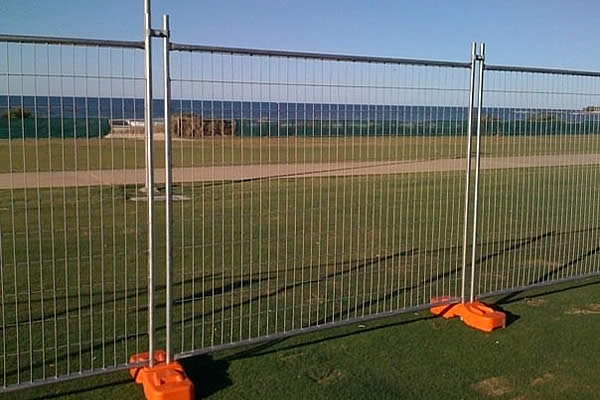 TEL:
+86-13102802206
TEL:
+86-13102802206
 Email:
fencenetting@china.com
Email:
fencenetting@china.com
 Language
Language
 TEL:
+86-13102802206
TEL:
+86-13102802206
 Email:
fencenetting@china.com
Email:
fencenetting@china.com
 Language
Language


Installing Steel Cable Railing A Step-by-Step Guide
When it comes to creating a modern and open feel in your home, few elements can enhance your space quite like steel cable railing. This type of railing is not only aesthetically pleasing but also provides safety and durability. If you are considering installing steel cable railing for your staircase, deck, or balcony, this guide will walk you through the essential steps to achieve a successful installation.
1. Gather Your Materials and Tools
Before beginning the installation process, it’s critical to gather all necessary materials and tools. This will include
- Steel cable railing kits Be sure to choose a kit that fits the specific measurements of your space. Kits typically include cable, posts, and fittings. - Posts Depending on your setup, you will need vertical posts that will hold the cables. - Cable tensioning device This device will help you apply tension to the cables once they are installed. - Tools Generally, you’ll need a drill, a wrench, a measuring tape, and a level to ensure everything is aligned correctly.
2. Measure and Plan
The first step in installation is to measure your space. Carefully plan where the posts will be placed. The typical spacing between posts is between 4 to 6 feet, but this may vary depending on local building codes. Use a measuring tape to mark the location of each post on the footing. Ensure that the marks are level with each other to maintain a uniform height.
3. Install the Posts
Once your measurements are in place, it’s time to install the posts. Start by drilling holes into the ground or deck where the posts will be anchored. Ensure that the posts are made of a sturdy material such as stainless steel or powder-coated aluminum to withstand environmental elements if outdoors.
Insert the posts in the drilled holes and secure them using concrete or other suitable anchoring methods. Use a level to check that each post is vertical, and allow any concrete to set according to the manufacturer’s instructions.
4. Attach the Cable Fittings

After the posts are firmly in place, it’s time to attach the cable fittings. This usually involves installing a threaded terminal or a similar attachment at the top and bottom of each post. Ensure that these fittings are securely fastened according to the manufacturer’s specifications. Check for any specific instructions included with your cable railing kit to ensure compliance.
With the fittings in place, measure the distance between the fittings to determine the length of the steel cable you will need. When cutting the cable, use a cable cutter to ensure a clean cut that avoids fraying. It’s essential to cut the cables slightly longer than necessary to allow for adjustments.
6. Install the Cables
Now it’s time to install the cable. Thread the cut cable through the fittings, making sure to follow the desired pattern, whether it’s horizontal or at an angle. Once the cables are threaded through, use the tensioning device to tighten them. It’s critical to apply even tension across all cables to ensure stability and safety. Check for sagging or loose cables and adjust accordingly.
7. Finish and Inspect
Once all cables are installed and tensioned, inspect the entire installation for any loose fittings or hardware. Ensure that everything is securely fastened. It may also be wise to give the entire installation a gentle shake to check for stability.
Finally, consider applying a sealant or protective finish to the posts, especially if they are wooden. This will help prevent weathering and maintain the appearance of your railing.
Conclusion
Installing steel cable railing can be a rewarding DIY project, adding both beauty and safety to your space. By following these steps, you can ensure a professional-quality installation that will last for years to come. Always remember to check local building codes and regulations before beginning your project to ensure compliance and safety. Enjoy your newly installed steel cable railing!